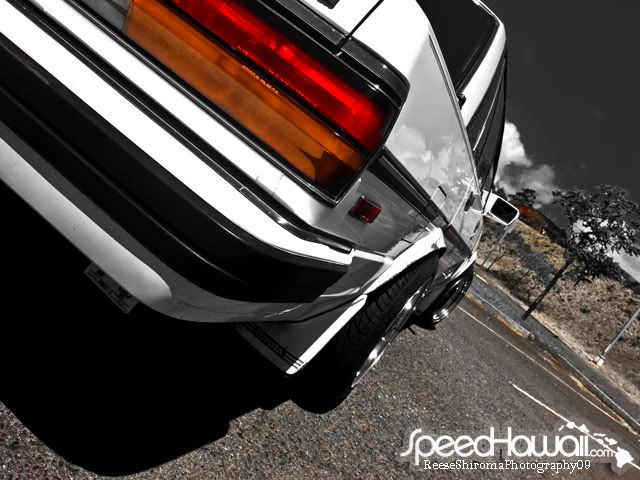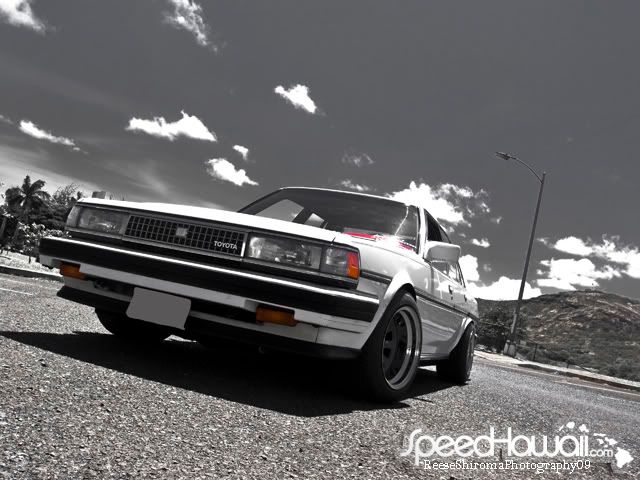I have been driving from Munich to Offenburg yesterday, via Stuttgart. All in all 370km/230mi (90% highway) in about 4,5hrs, avg. speed 80-85km/h-(50-52mph) as reported by the computer (I don’t remember the exact value, sorry).
The traffic was really thick (Friday afternoon…) and because of the expansion of the Autobahn A8 from 2 to 3 lanes (yes, you read correctly, 3, not 6 or 7 – we are not there yet, but we are doing our best to copy the US, and filling those lanes with SUV like vehicles ). The whole of the A8 is hilly with steep declines (up to 6%) and inclines. There are simply no tunnels and it’s all up and down…not many flat sections…
About 1hr of the whole driving time, was spent in stop&go traffic jams, mainly due to roadworks and heavy traffic. The rest of the time I was driving as fast as I could: after all I live in Germany, let’s have fun sometimes and more over I wanted to see how the Prius was doing at high speeds. When no speed limit was given (typically there is a 120km/h-75mph limit over a good third of the way and 80km/h-50mph one in all roadwork sections), I was going anything slower than 150km/h-93mph and as fast as 190km/h-118mph.
The overall stability was good but not excellent – I am driving now with winter tires (195/55 R16), instead of the 215/45 R17 – so this is certainly one limiting factor. I have tried driving 190km/h already once with the 215 summer tires and the stability is excellent.
Acceleration is OK but not that exciting – but mainly I was chased from 2.0+L BMWs/Mercedes and the such with 150+HP at least. I was never chased by a Golf or other mid-sized car. Surely the Prius is not a Ferrari, but you need to push it to get juice out of it (at least at these speeds). Often you press the gas and “nothing” happens. The eCVT likely doesn’t help, but I cannot imagine shifting gears at these speeds, it doesn’t make any sense – you really need HP and torque (if any left….). The engine gets quite noisy and the HSI is no indication of what are the RPMs of the ICE and if you are melting it down The HSI bar might not be in the red PWR zone, you are doing 180km/h-111mph going uphill and the engine is roaring, but you have no clue whether you are in the red rpm zone….. Comically enough, I never really had to floor the accelerator, but honestly I was afraid of having the ICE jump out of the car…
I used PWR mode all the time, not because the car goes any faster, but simply because on German highway, people do drive fast – no only in terms of overall speed, but also in terms of reaction times. When there is a chance to go faster, they will do it. No grannies here! So you need to accelerate fast, and PWR Mode gives you better reaction to the foot. After arriving in Offenburg I had to keep the PWR mode on as my foot got so used to it, that normal mode felt like ECO!!!
What I noticed is that the battery charges continuously – the ICE is running so much and at max power that it can generate traction power, power for the generator and power for the electric motor. The batter was charging while the motor was driving the wheels at the same time. This has been the only time that I have ever seen the battery of my Prius fully charged, even if for just a short period of time. Most of the time it was 70%-80% full. Having a full battery was really helpful when stuck in a traffic jam or at lower speeds as I could coast in electric mode most of the time.
So now the main question is – what was the average fuel consumption, including 25km/15mi in town before leaving Munich???? 10L/100km-23MPG? No. 8L/100km-29MPG? No. It was just 6L/100km-39MPG. I am honestly impressed.
This also means that if I drive it more slowly (say 140km/h-87mph), I would probably get 5L/100km-47MPG. And that for a german autobahn *is* impressive. I would never get that on the Polo diesel I got before. I have also tested today going 150km/h-93mph more or less constantly, and you do get 7L/100km-34mpg average.
A good reason for driving slower though, is to reduce the stress on the suspensions and overall on the drive train. German highway are indeed flat and quite good taken care of, but any tiny bump at these speeds is truly heavy on the suspensions. The last thing I want is to change something in 4-5 years time due to fast driving. I wonder if I have not already compromised some mechanical part (I am already imagining cracks and mini-fissures crawling up metal parts in the suspensions…. my poor Prius!)
I will drive back this Sunday I will post my findings on this thread. So, overall good, not a Ferrari and certainly not an “easy/comfortable” german highway car. On more relaxed highway trips though (140km/h max), it is certainly a good comfort car with (likely) excellent fuel consumption especially if helped by some traffic jams…








 Set to phase in starting with the 2012 model year, the Cool Cars regulation comes as part of California’s Global Warming Solutions Act (AB 32), which mandates a drop in greenhouse gas emissions for the state to 1990 levels by 2020. Noting that “reflective windows are known to attenuate electromagnetic waves,” ARB explains in its report that it researched ways to work around this problem and decided to allow a small portion to be removed from the glaze (a “deletion” window, pictured at left) where signals would be able to come through unhindered. Nice try, but not enough, said Garmin International, Toyota, Nissan and other companies in recent months.
Set to phase in starting with the 2012 model year, the Cool Cars regulation comes as part of California’s Global Warming Solutions Act (AB 32), which mandates a drop in greenhouse gas emissions for the state to 1990 levels by 2020. Noting that “reflective windows are known to attenuate electromagnetic waves,” ARB explains in its report that it researched ways to work around this problem and decided to allow a small portion to be removed from the glaze (a “deletion” window, pictured at left) where signals would be able to come through unhindered. Nice try, but not enough, said Garmin International, Toyota, Nissan and other companies in recent months.




